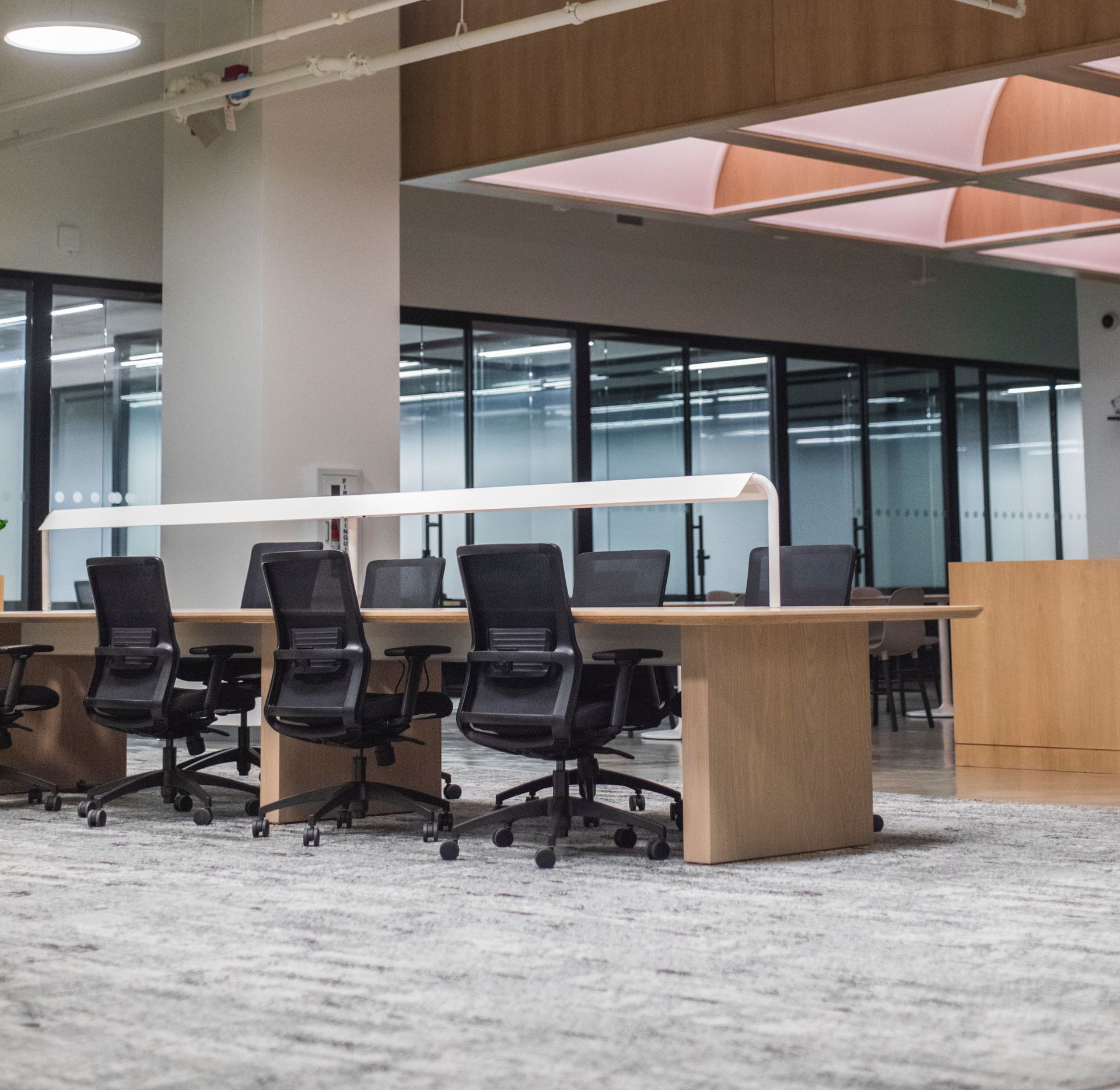In 2023 many layoffs were happening in the tech industry. Most recently, the news went out about yet another layoff wave that hit the biggest audio streaming platform Spotify. The company cut 17% of its employees, which equals 1500 workers, in the third round of layoffs this year. The workforce hiring drastically slowed down and hiring managers should now even more focus on the quality of their hires and good strategy.
Which areas does workforce planning involve?
In 2023, more than 240,000 employees were let go by their employers, which is double the number of last year’s layoffs. Besides recent changes, startups across various industries also went through cutbacks in the first half of 2023. Now, as never, it’s important for hiring professionals to ensure good workforce planning and allocation of resources.

Workforce planning involves various aspects to ensure an organization has the right people with relevant skills in the right positions at the needed time. Here are some of the most important ones that HR professionals should consider:
- Strategic alignment: HR professionals should align workforce planning with the overall strategic goals and objectives of the organization. Understanding the business direction and the skills required to support it is crucial for a working strategy.
- Workforce analysis: It’s good to analyze the current workforce, including skills, demographics, and performance. Identify strengths, weaknesses, and potential skill gaps. Make sure the HR department anticipates future skill requirements based on business projections, technological advancements, and industry trends.
- Talent acquisition: One of the main tasks of top HR professionals is to develop effective recruitment strategies to attract and retain top talent. It’s worth considering diversity and inclusion in talent acquisition efforts to build a well-rounded and innovative workforce.
- Performance metrics: Defining and monitoring KPIs related to workforce planning, such as employee turnover rates, time-to-fill vacancies, and training effectiveness is crucial for the effectiveness of new strategies. Besides that, regularly evaluating the effectiveness of workforce planning strategies and adjusting them as needed will help to keep them working.
- Skill development and training: Recruiters should identify current and future skill requirements. Conduct a skills assessment to determine the capabilities of the existing workforce. Having training programs to address skill gaps and promote continuous learning is key. In your company, you want to foster a culture of skill development within the organization.
- Integration of new technology: It’s also important to leverage technology, such as workforce planning software and analytics tools, to streamline data collection, analysis, and reporting. The hiring professionals should explore opportunities for automation to enhance the efficiency of routine HR tasks and focus on strategic workforce planning activities.
With these aspects in mind, organizations can develop comprehensive and effective workforce planning strategies that contribute to long-term success. This can also help with overhiring, as through thorough analysis, businesses can identify areas that need more resources and areas, where costs could be cut.
The current main workforce trends to look for in 2024
There are also certain trends that will be prevalent in 2024 too. Hiring professionals should be aware of all of the new changes in the job market to be able to adjust their strategy, leverage new tools, and get better results.
Sustainability in working practices
This is the most crucial area where we need to alter our behavior consciously. Rethinking many elements of our working life is necessary to understand and lessen the impact of our activities on the environment and planet. This includes where we work and how we build and execute circular processes that encourage recycling and reusing resources while minimizing waste.
Generative AI
People who can use AI will replace those who cannot; AI won’t replace jobs. The capabilities of generative AI tools are rapidly developing to the point where they provide solutions that can boost productivity in almost any activity or industry.
But keep in mind that mastering AI-augmented labor involves recognizing its limitations and recognizing the situations in which human ingenuity, compassion, and creativity are still required!
Focus on employee experience
Companies know that creating a positive customer experience is essential to creating enduring bonds with clients and bringing in repeat business. In addition, they are beginning to see how crucial it is to guarantee that employees are content overall as opposed to only receiving fair compensation.
This includes a healthy work-life balance, intellectual challenge, intellectual progress, and personal development. If your current employment falls short of expectations in 2024, it should get easier to locate one that does.

The use of data in all work aspects
By 2024, data will have a significant impact on all facets of our professional life, from the metrics used to evaluate productivity to the knowledge we use to improve our decision-making and introduce more effective procedures.
Gaining an understanding of the tools and platforms that are becoming accessible and knowing when to utilize them are more important skills than pursuing a degree in data science in order to leverage data to support our daily jobs.
The top 5 practices for effective workforce planning
There are specific practices you can leverage as HR professionals to ensure your planning process is effective and features the needed aspects. Here are five top things you can do for top planning:
Decision-making powered by data
Leverage data analytics to gather insights into workforce trends, employee performance, and skill gaps. Use this data to make informed hiring, training, and workforce optimization decisions. Utilize workforce planning software and tools to streamline data collection, analysis, and reporting, enabling more accurate forecasting and decision-making.
Agile planning
Adopt an agile approach to workforce planning that allows for flexibility and responsiveness to changing business needs. Develop scenarios and contingency plans to address various potential future situations. Regularly review and update workforce plans in alignment with the dynamic nature of business environments, technology, and market trends.
Advanced skill development and training
Identify current and future skill requirements. Invest in employee training and development programs to upskill existing staff and ensure they have the capabilities needed for future roles. Foster a culture of continuous learning to empower employees to acquire new skills and adapt to evolving job responsibilities.
Continuously updated talent acquisition and recruitment strategies
Develop proactive talent acquisition strategies to attract and retain top talent. Consider diversity and inclusion in recruitment efforts to build a more resilient and innovative workforce.
Embrace technology, such as AI-driven recruitment tools, to enhance the efficiency of the hiring process and identify candidates who align with the organization’s long-term goals.
Efficient succession planning
Identify key positions within the organization and create succession plans to ensure a smooth transition in case of retirements, promotions, or unexpected departures. Develop a talent pipeline by identifying high-potential employees and providing them with the necessary training and opportunities for career advancement.
Final thoughts
Remember that workforce planning is an ongoing process that requires collaboration between HR, leadership, and other relevant stakeholders. Regularly revisit and revise your workforce plans to align them with the evolving needs of the organization and the external business environment. Stay informed about industry trends and be prepared to adjust your strategies accordingly.
Featured image credit: Pixabay/Pexels





